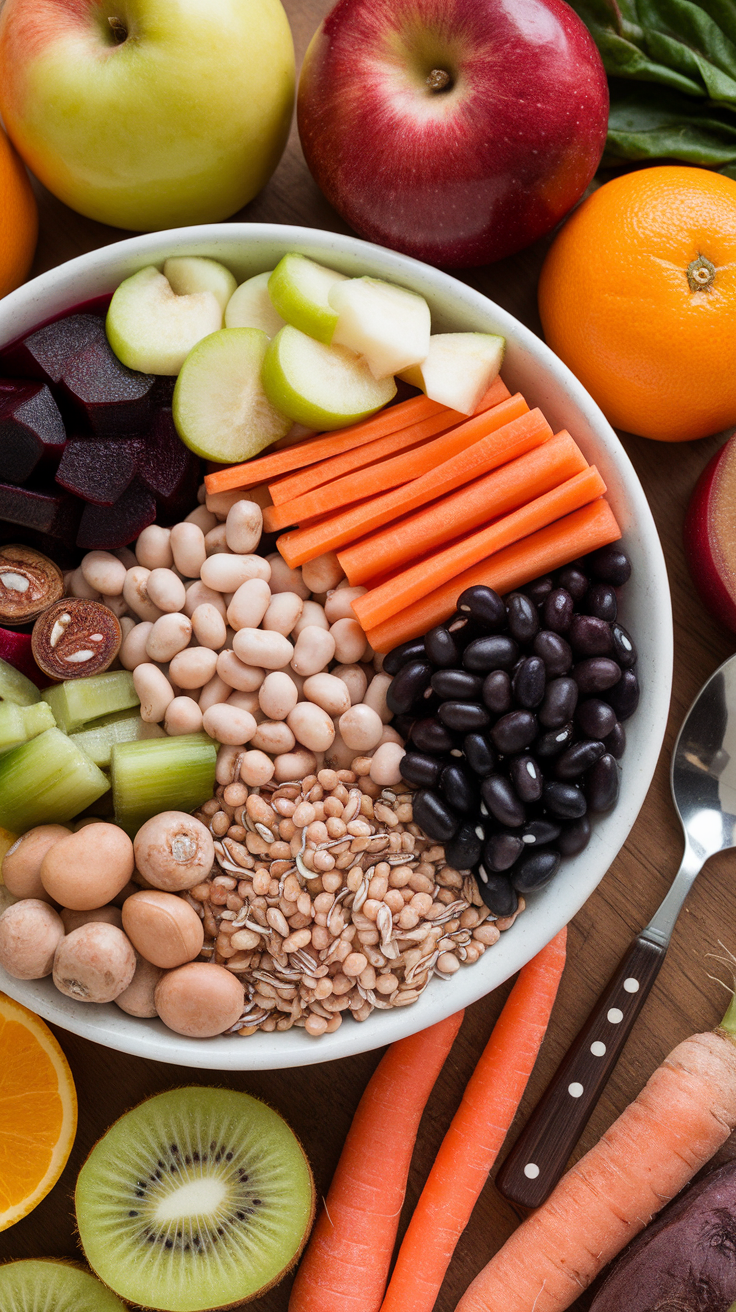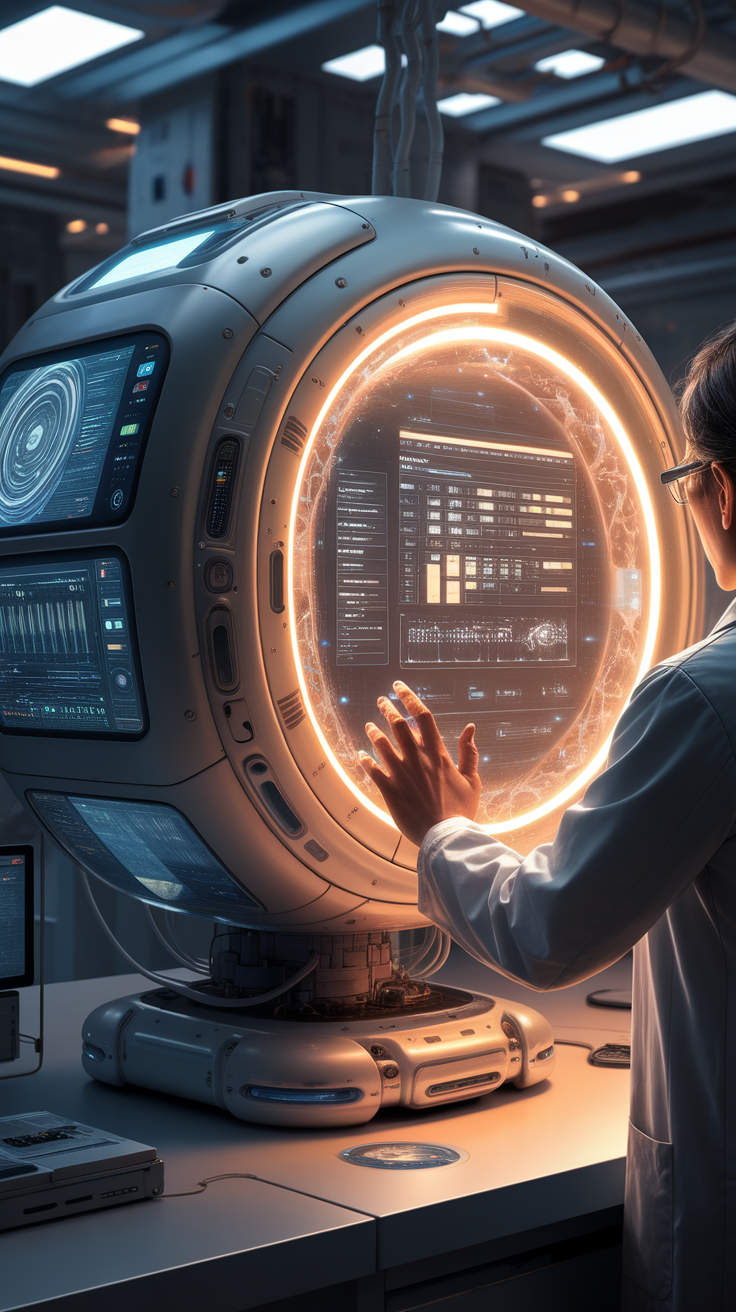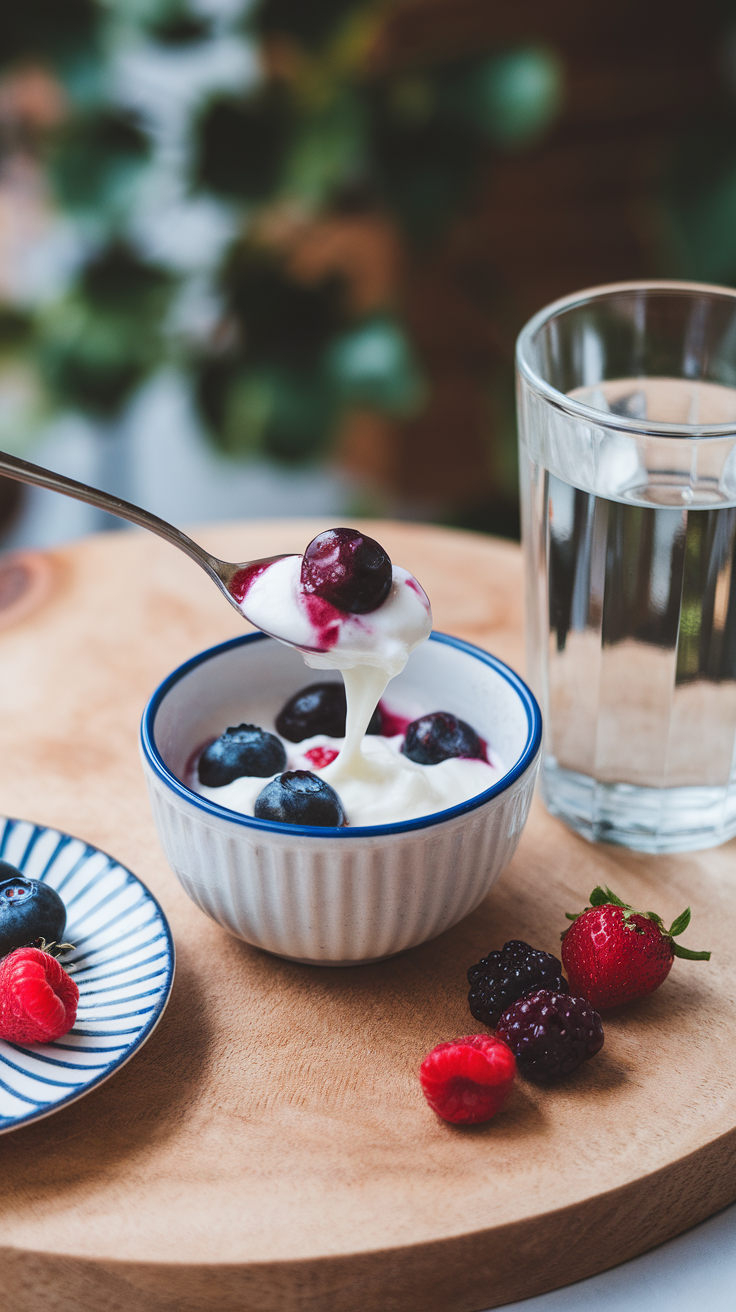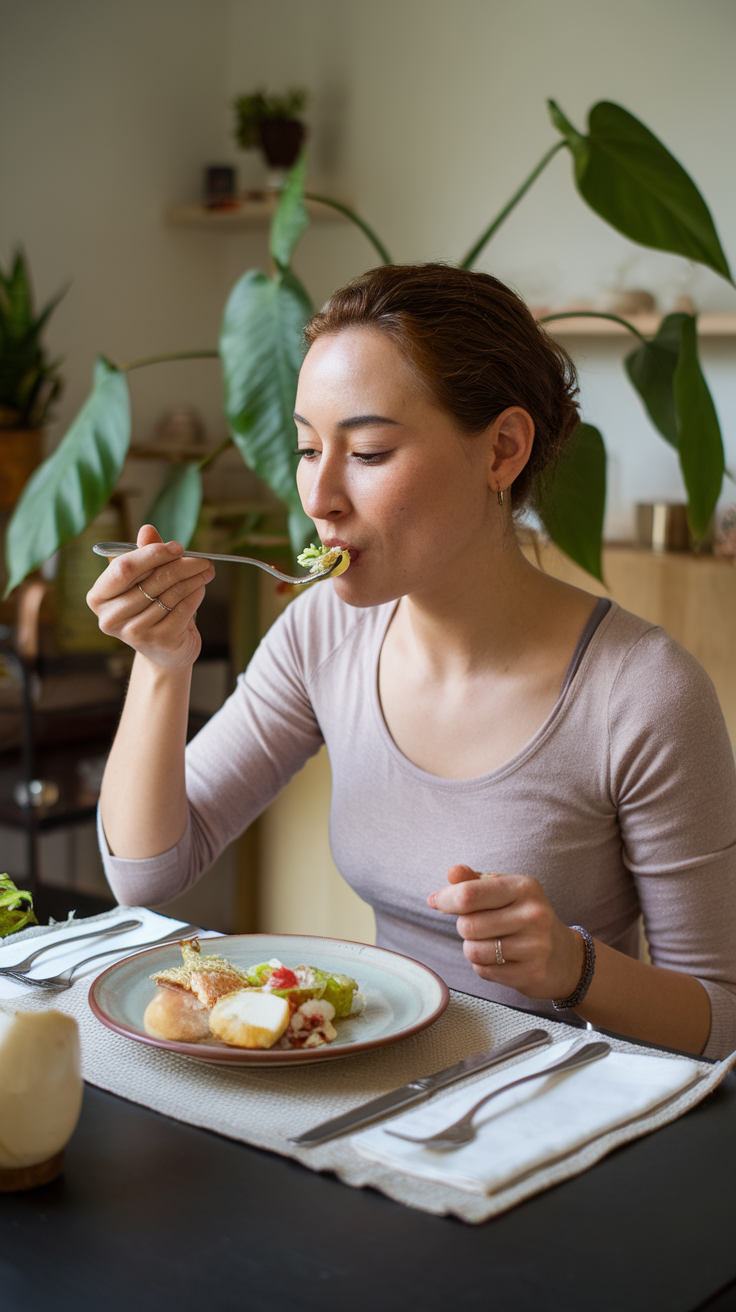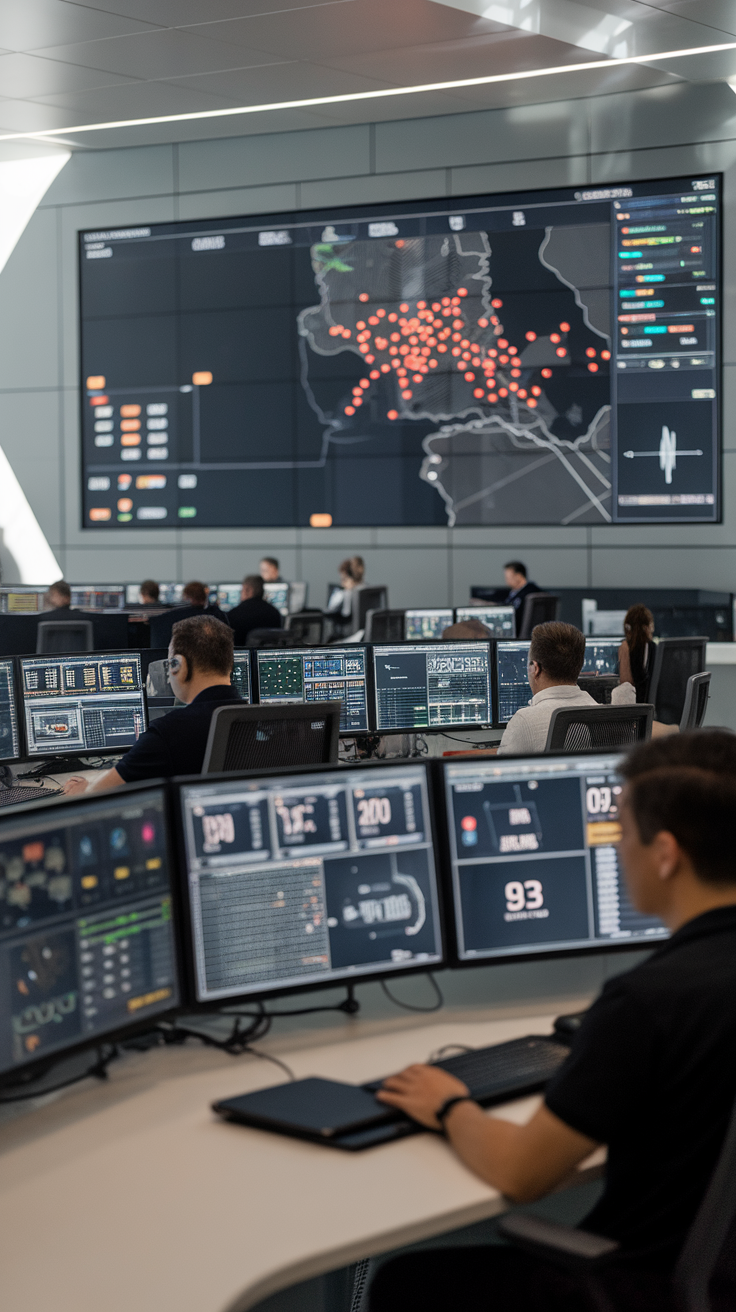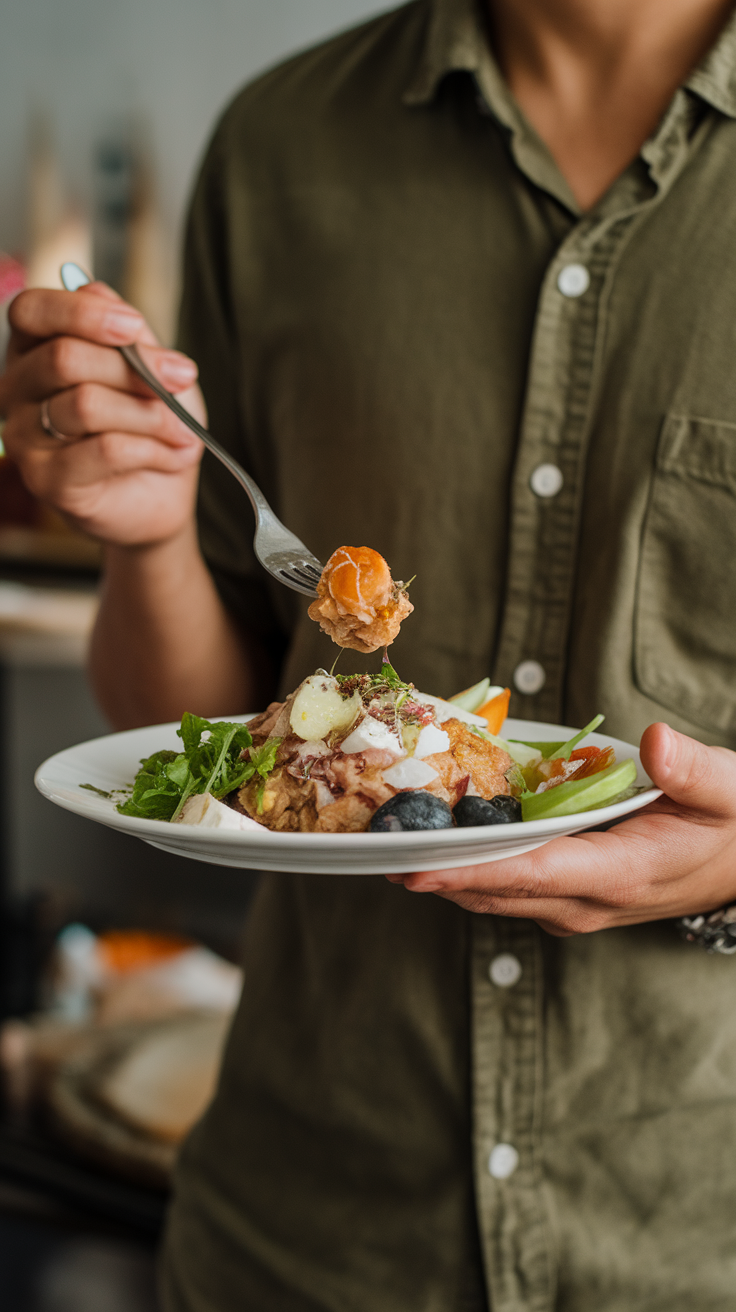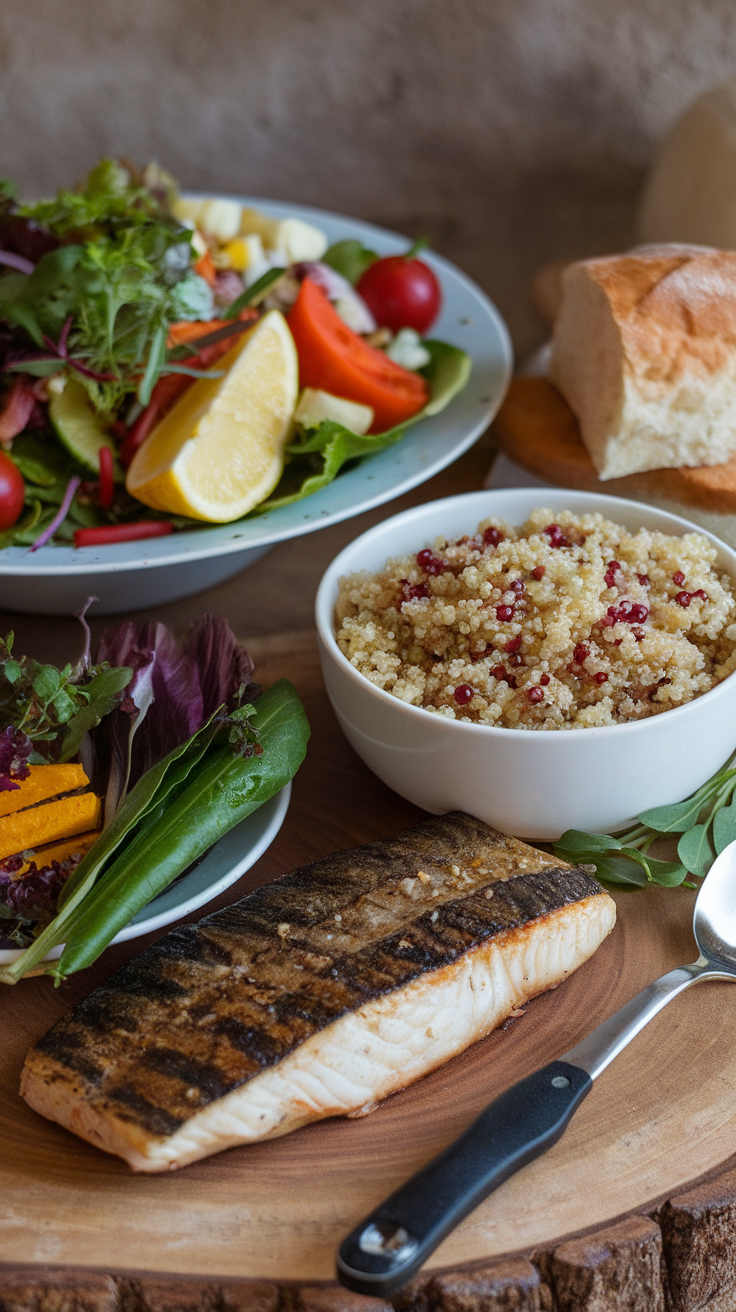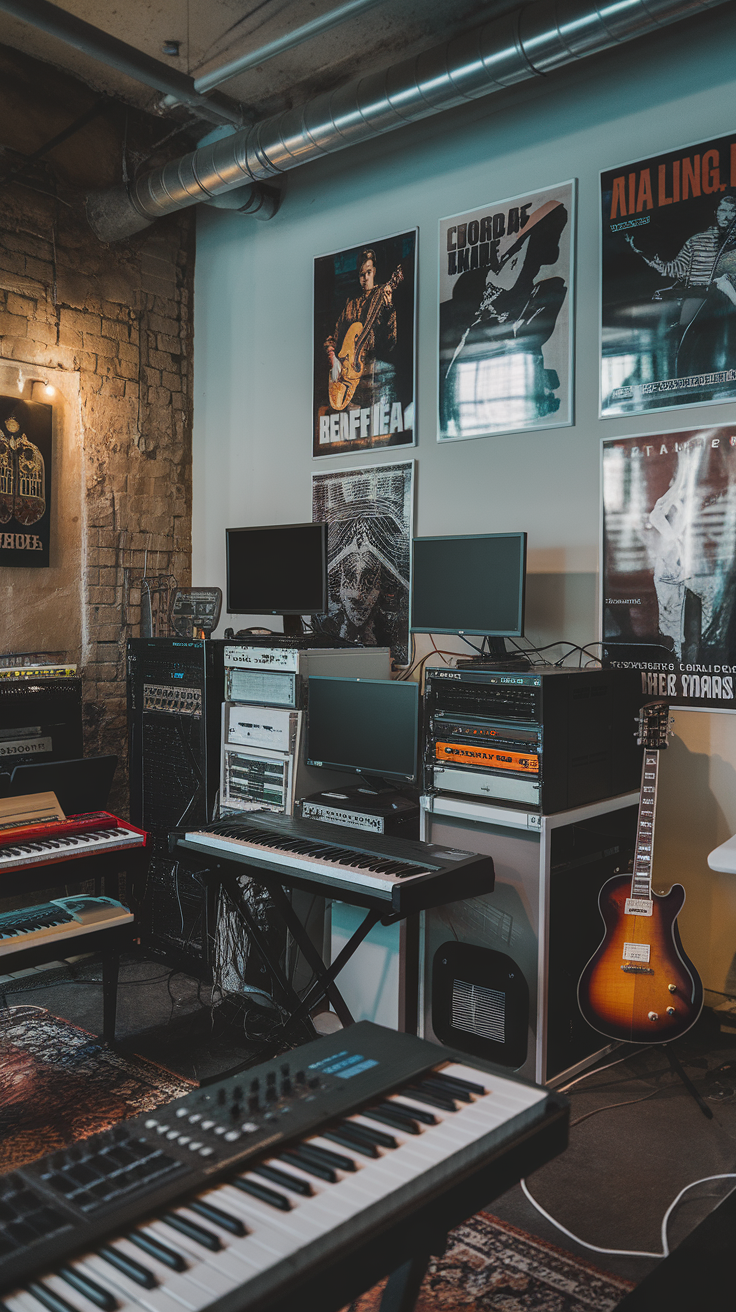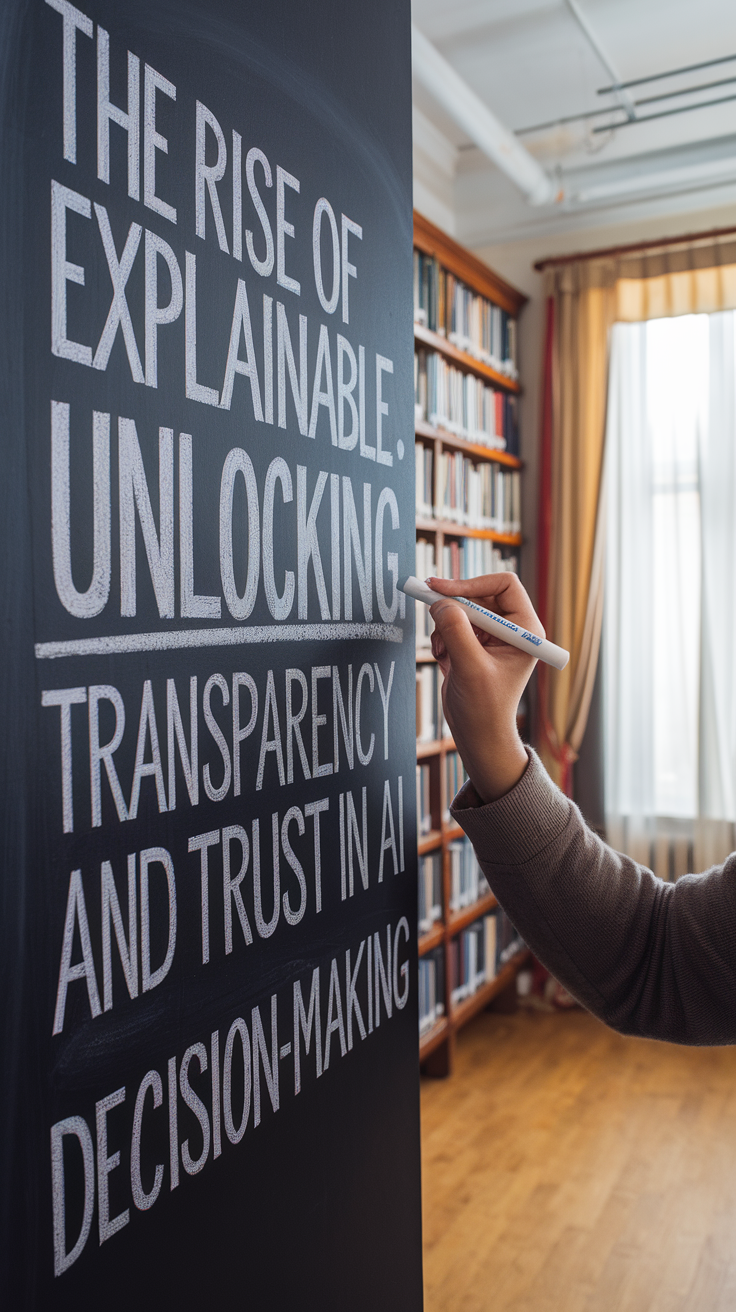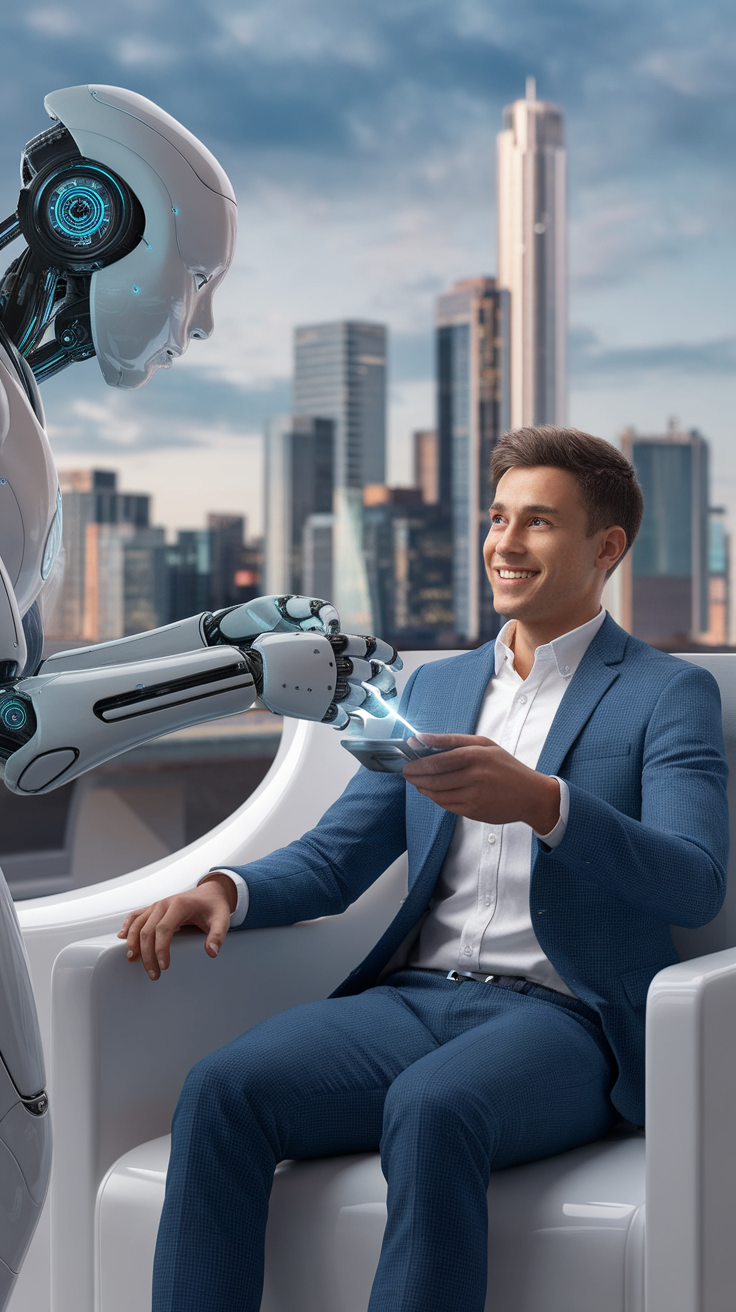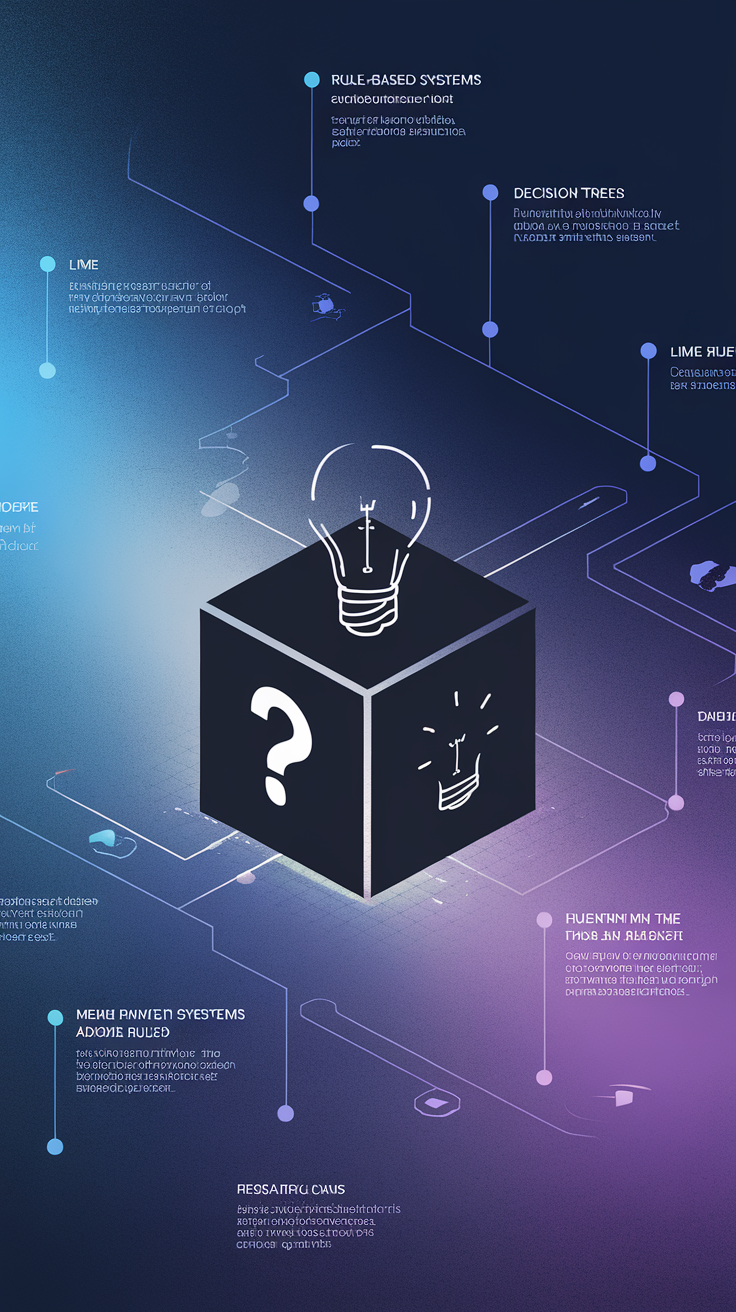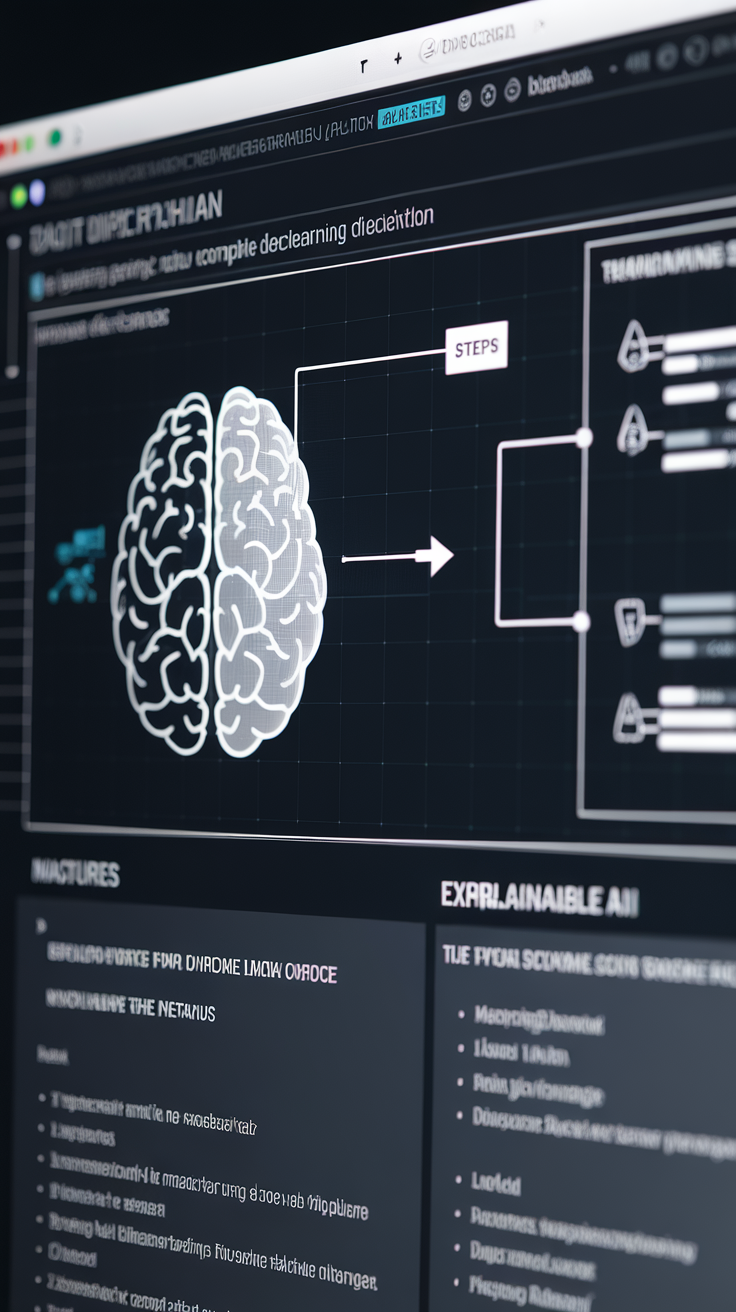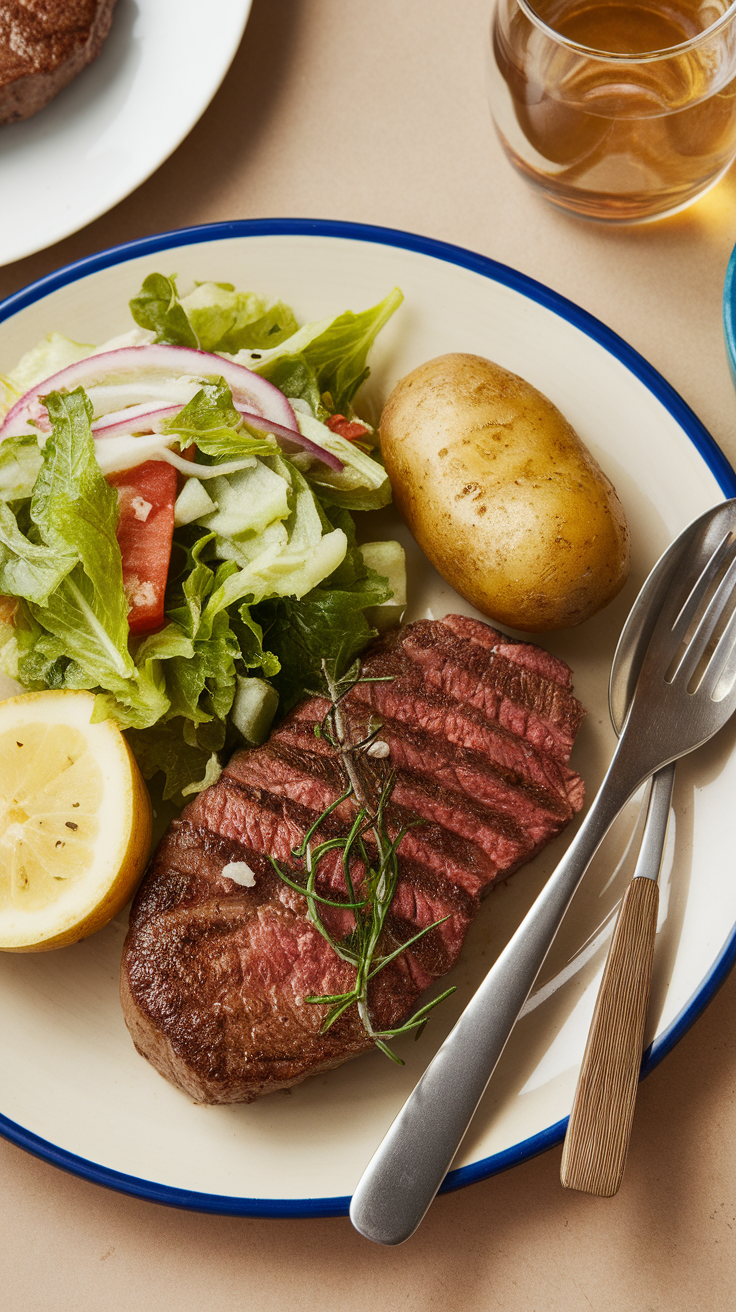AI-Powered Artistic Collaborations: The Future of Creativity?
Last Updated: June 30, 2025 at 4:10:45 AM UTC
As AI-generated art and music gain popularity, the lines between human and machine creativity are blurring. What does this mean for the future of artistic collaborations?

The world of art and music is witnessing a revolution. Artificial Intelligence (AI) has been making waves in the creative industries, producing stunning artwork and music that often rivals human creation. But what does this mean for the future of artistic collaborations? Will AI-powered art replace human creativity, or will it augment and enhance it?
The Rise of AI-Generated Art
From the eerie landscapes of Generative Adversarial Networks (GANs) to the mesmerizing melodies of AI-composed music, the possibilities are endless. AI algorithms can now create art that is indistinguishable from human work, raising questions about authorship, originality, and the role of the artist.
Human-AI Collaborations
However, AI is not meant to replace human creativity, but rather augment and enhance it. By partnering with AI, artists can tap into new sources of inspiration, explore new styles and techniques, and even create art that is more complex and nuanced than what is possible with human creativity alone.
The Benefits of AI-Powered Collaborations
AI-powered collaborations offer several benefits:
- Increased Creativity: AI can generate new ideas, patterns, and styles that human artists may not have considered before.
- Improved Efficiency: AI can automate repetitive tasks, freeing up human artists to focus on high-level creative decisions.
- New Business Models: AI-powered art and music can create new revenue streams for artists, such as licensing and royalties.
The Challenges of AI-Powered Collaborations
While AI-powered collaborations hold much promise, they also present several challenges:
- Credibility and Trust: How do we ensure that AI-generated art is authentic and not manipulated?
- Creative Control: Who has control over the creative process when AI is involved?
- Ethical Considerations: How do we ensure that AI-generated art does not perpetuate biases or promote harmful stereotypes?
Conclusion/Key Takeaways
The future of artistic collaborations is uncertain, but one thing is clear: AI will play a significant role in shaping the creative landscape. As we navigate this new frontier, it is essential to prioritize transparency, accountability, and ethical considerations. By embracing AI-powered collaborations, we can unlock new sources of creativity, innovation, and artistic expression.
The future of art is not about replacing human creativity with AI, but about harnessing the power of both to create something new, unique, and extraordinary.
